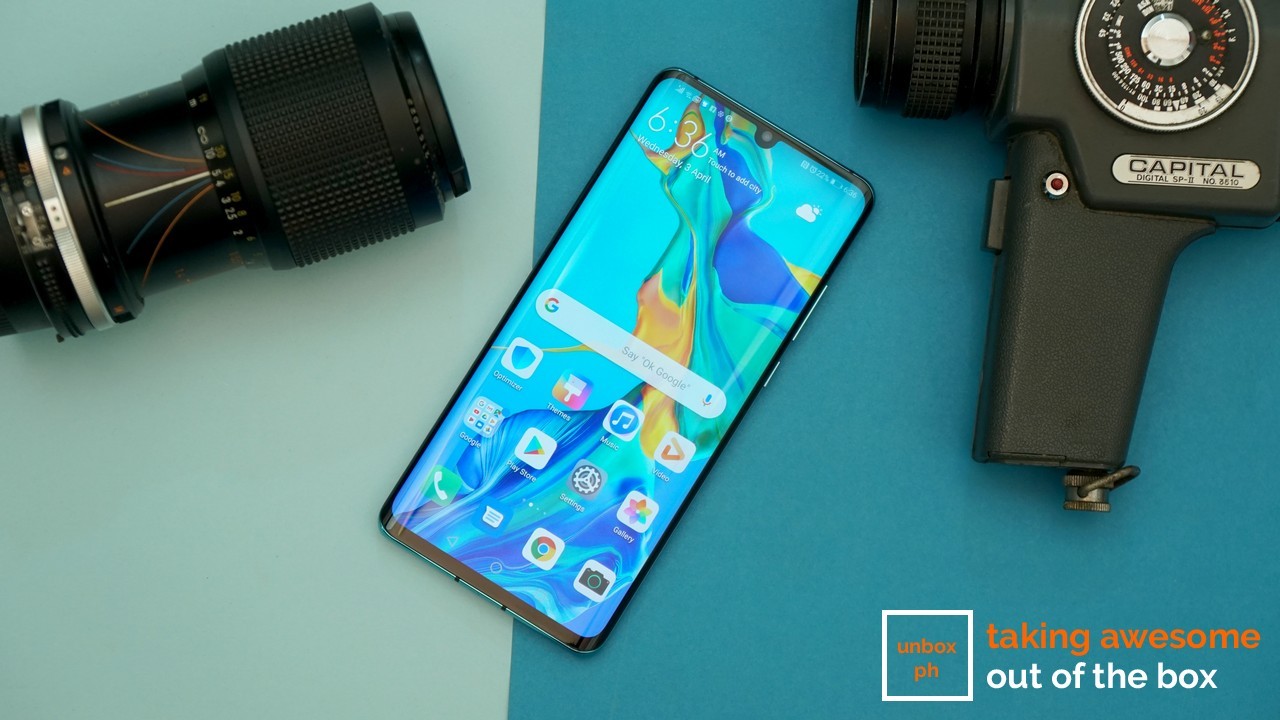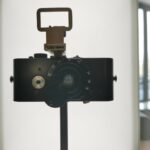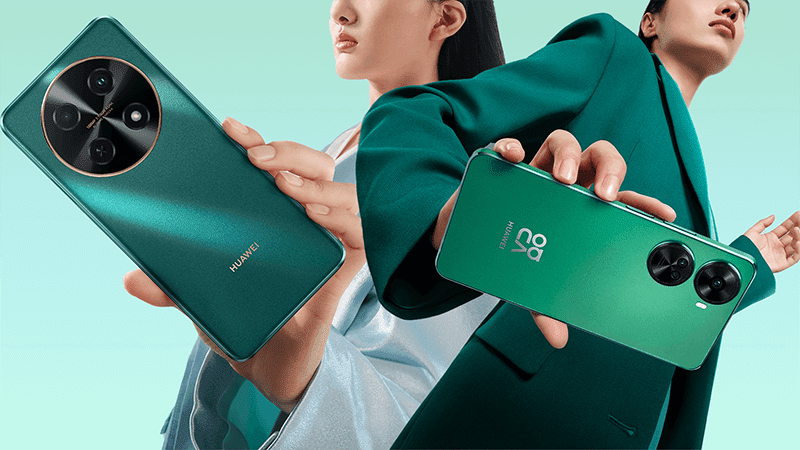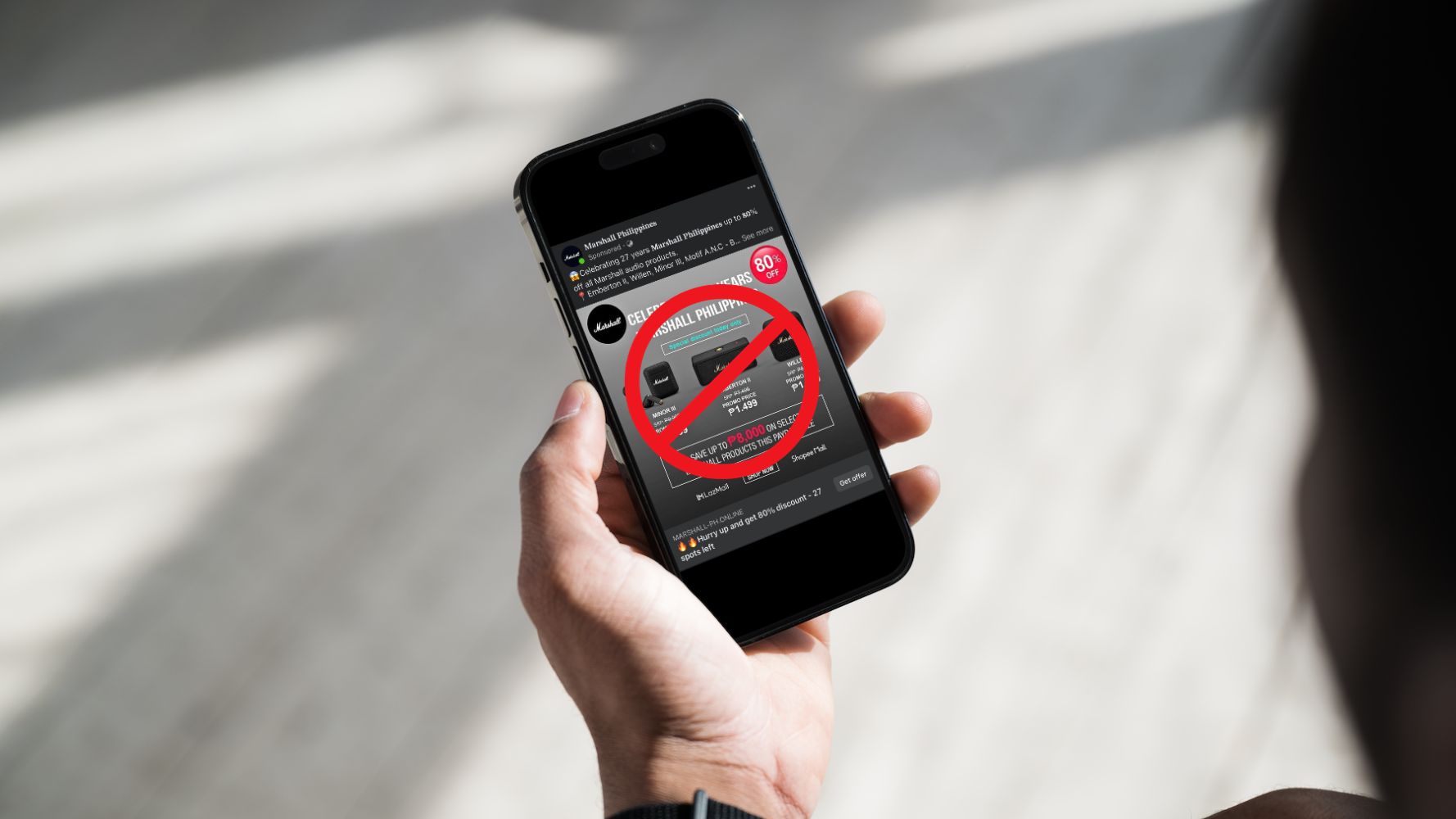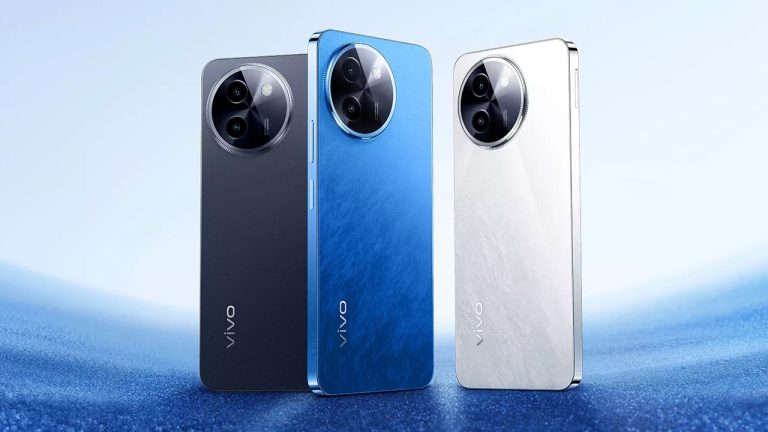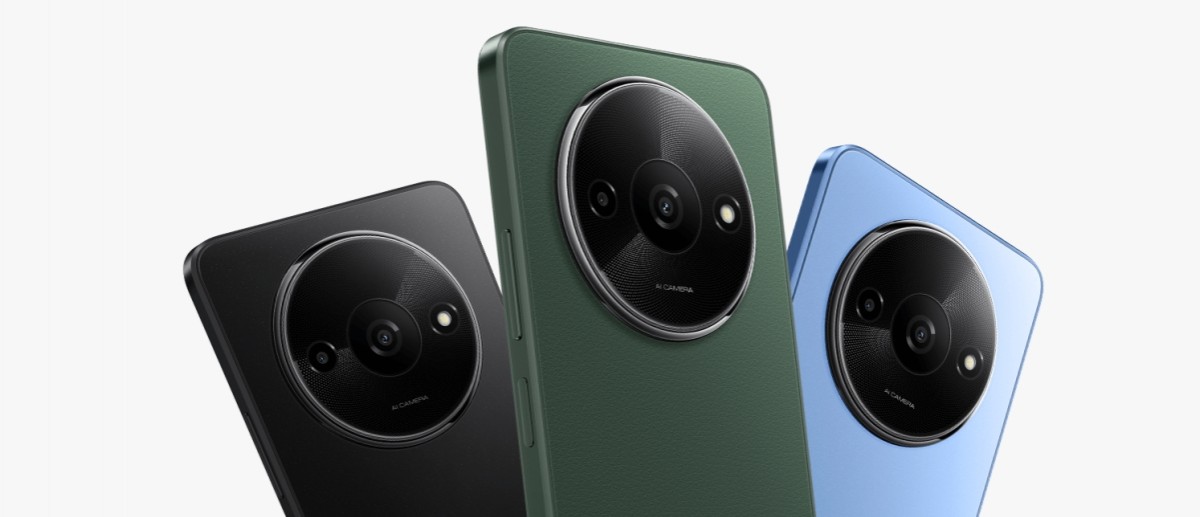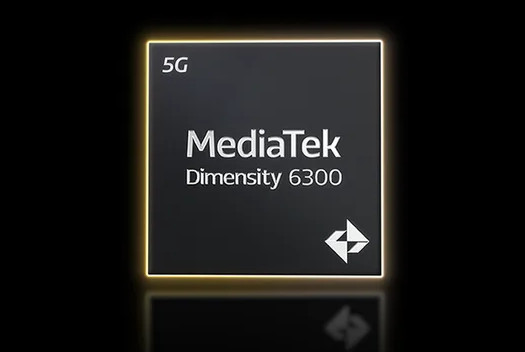We review Huawei’s latest flagship!
From a no-name brand a decade ago, Huawei has managed to become a household name in record time. The Chinese company has proven time and time again that they’re as good, if not better, as their competition when it comes to making phones: it doesn’t matter if it’s a cheap mid-range or a feature-packed flagship – Huawei can do both extremely well.
One of the main reasons why Huawei is now a globally recognized brand is its P-series. It has long been the traditional jumping off point for new camera tech that finds its way to other models down the line, camera tech that’s regularly hailed by imaging benchmarking site DxOMark as the best in the world. Obviously, the P30 Pro is no exception, and its class-leading quad-camera setup is so damn innovative you’d probably mistake it for witchcraft.
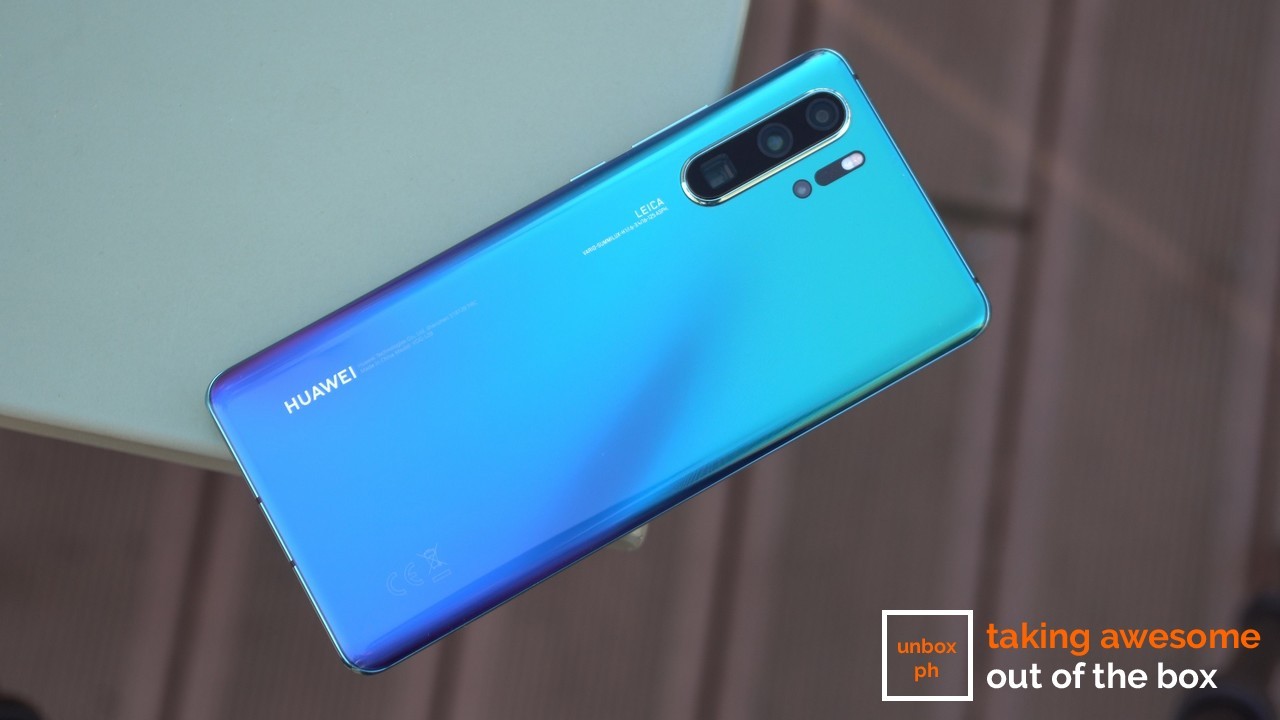
Refined exterior and posterior
It’s nice to see Huawei finally settling with an established design language for their P-series of smartphones. This year’s iteration is a refinement of the design we saw last year. The phone is now narrower, thanks to a new, curved display and smaller bezels, and there’s no longer an unsightly physical fingerprint scanner located on the bottom fattening up the bezels. Instead, the P30 Pro uses an in-display fingerprint reader like its older brother, the Mate 20 Pro.
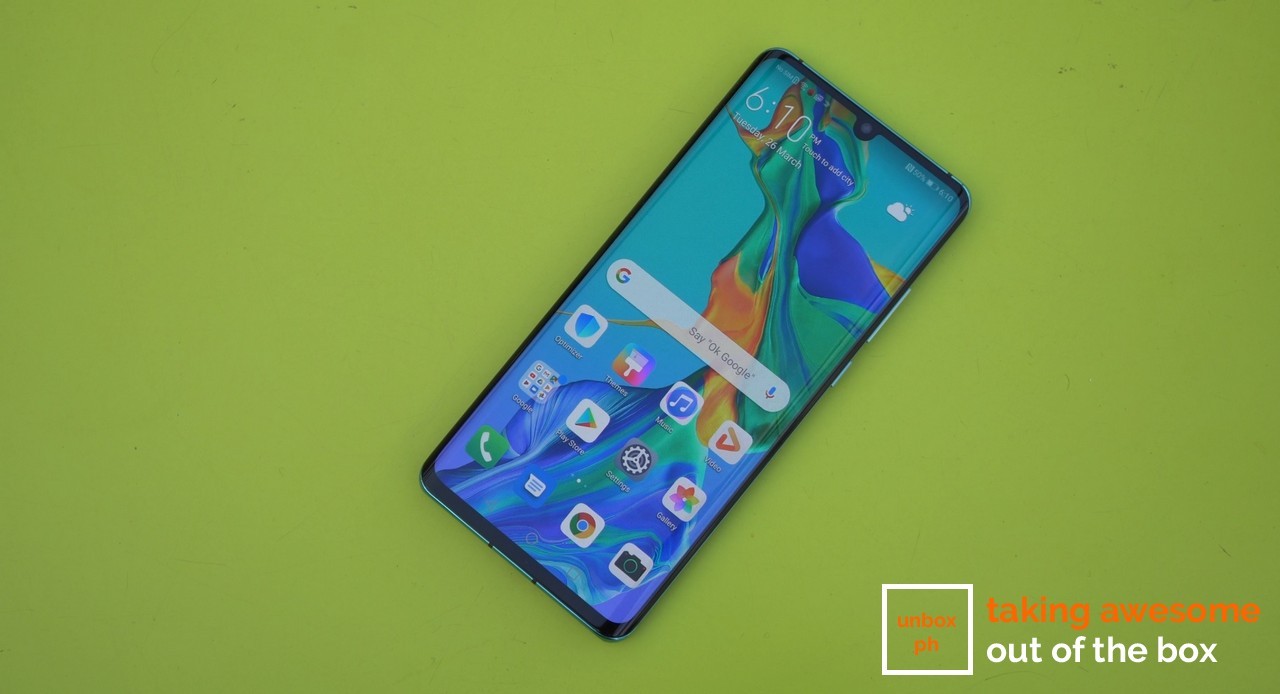
The rear of the phone is identically refined, with the Gorilla Glass 6 panel sloping to meet the metal frame of the device. The quad-camera setup is tucked in the upper left corner, protruding a few mm past the body of the phone, much to our chagrin. All four lenses still bear Leica’s branding on them.
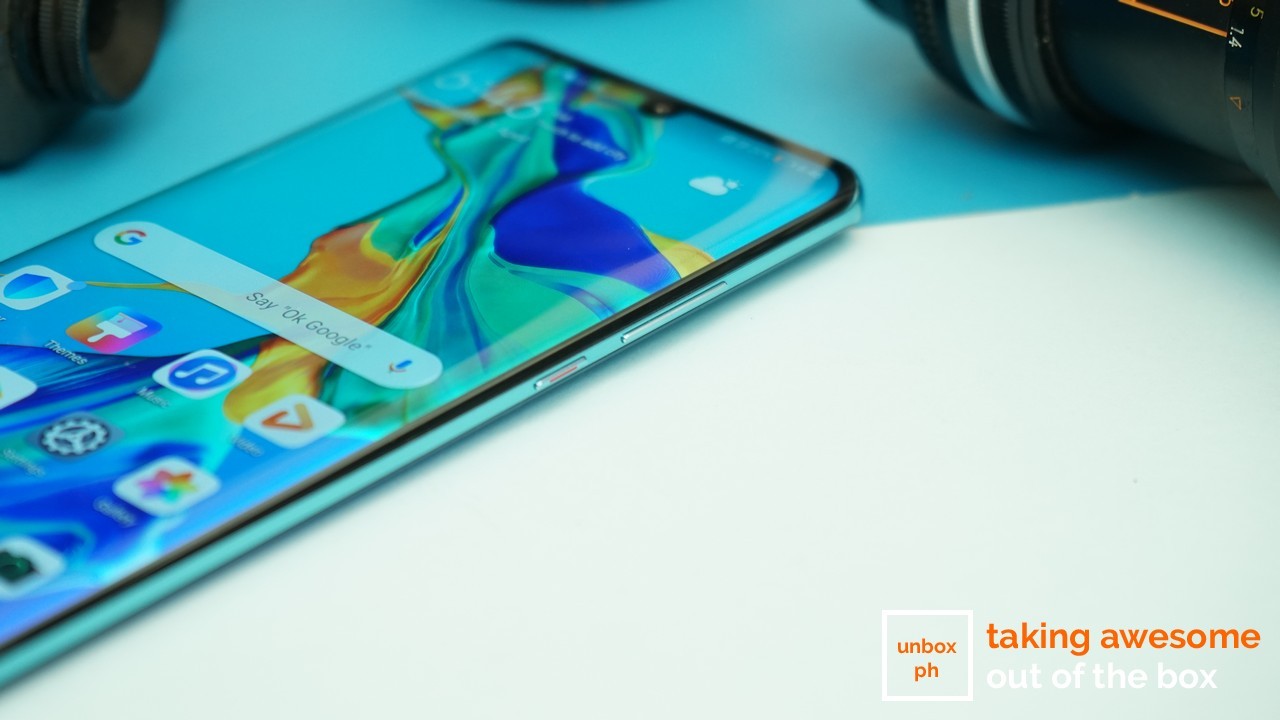
The volume and power buttons are on the right side of the phone, while the SIM tray is on the bottom, along with the USB Type-C port and the speaker grille. Just like the P20 Pro before it, the P30 pro doesn’t have a 3.5mm jack on its body, though Huawei does throw in a pair of USB Type-C headphones in the box to soften the blow.
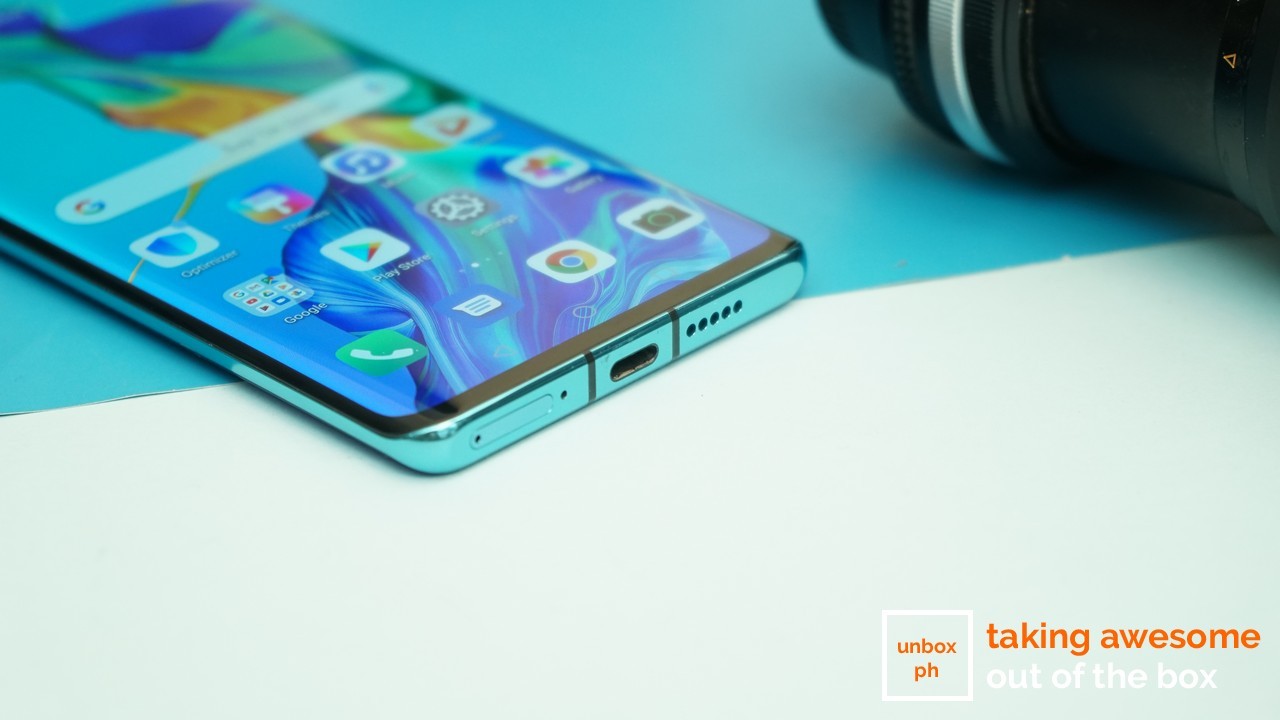
Huawei practically invented the whole gradient color craze, so it’s no surprise that the P30 Pro comes in several striking colorways on launch. The Amber Sunrise variant is the new “Twilight” in as much as it’s the model that everyone wants but probably won’t get thanks to supply issues. There’s also Breathing Crystal, Aurora (which is our review unit), Pearl White and good ol’ dependable Black.
The phone is IP68 rated, much like most modern flagships today. You can probably take it on a casual swim, but going past 1.5 meters deep for more than 30 minutes probably won’t end well for the phone.
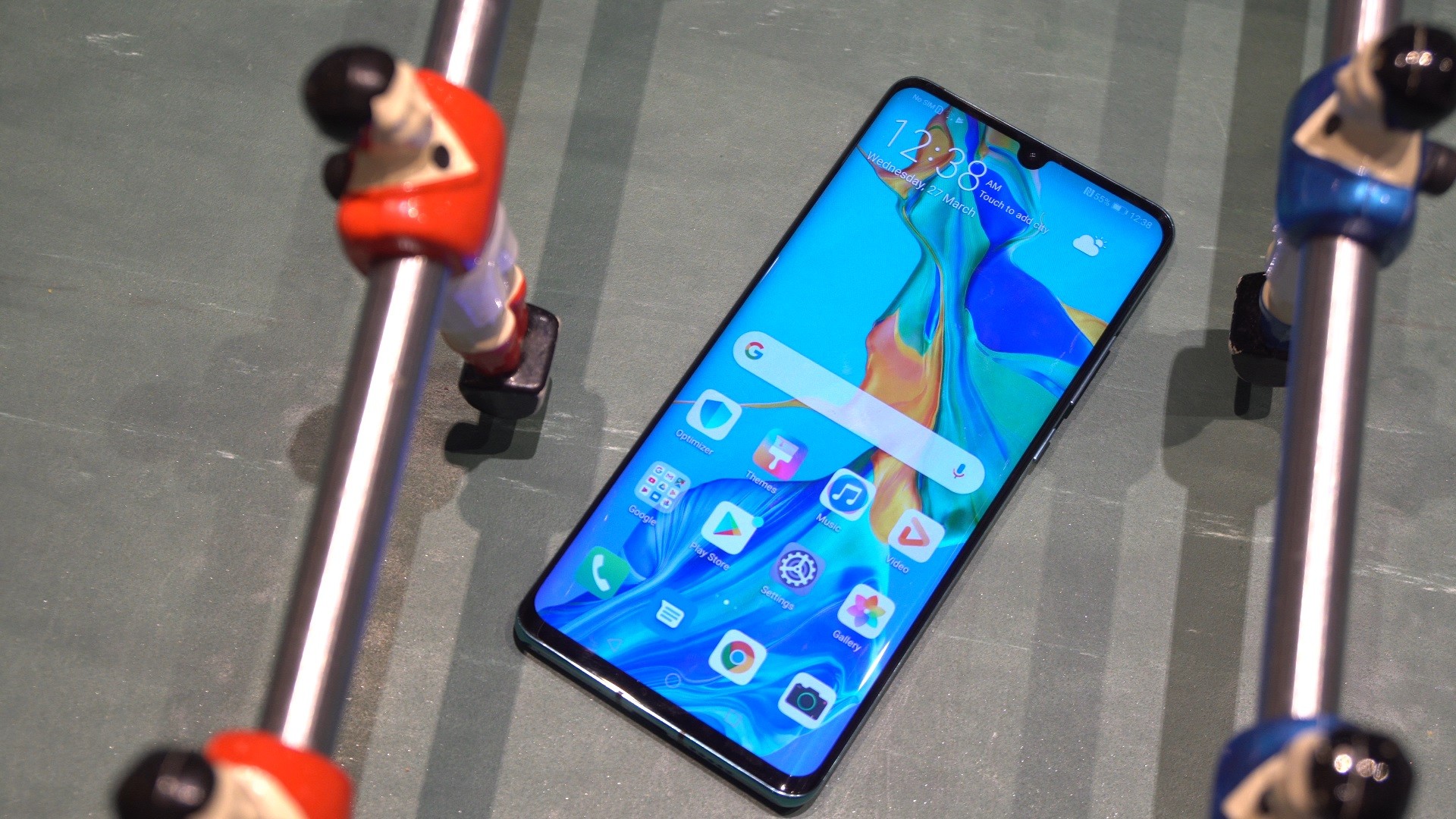
Bigger display with a tiny notch
Huawei upsized the display of the P30 Pro to 6.47-inches from the 6.1-inches of the previous model, with just a small, almost imperceptible increase in overall physical size. The display has a small notch on the top, and has a DCI-P3 color profile and HDR10 capability. The only thing we don’t like about the display is that it’s only full HD+ resolution, which is quite annoying, considering the price you’re paying for the phone.
Since this is an OLED panel, colors naturally pop, and blacks are pretty deep. The display is pretty bright too, and you won’t struggle with it under direct sunlight – everything is perfectly readable off of the phone’s screen.
One neat thing that Huawei did to reduce the bezels on the top of the phone was to ditch the traditional earpiece entirely and instead go with an electromagnetic levitation mechanism, which is fancy talk for tech that makes the display vibrate like a speaker when you’re fielding calls. What’s nice about the tech is that you’ll only hear audio if your ear is pressed up against it when you’re taking a call – nosy neighbors won’t be able to hear what the other person is saying using the tech. Pretty slick.
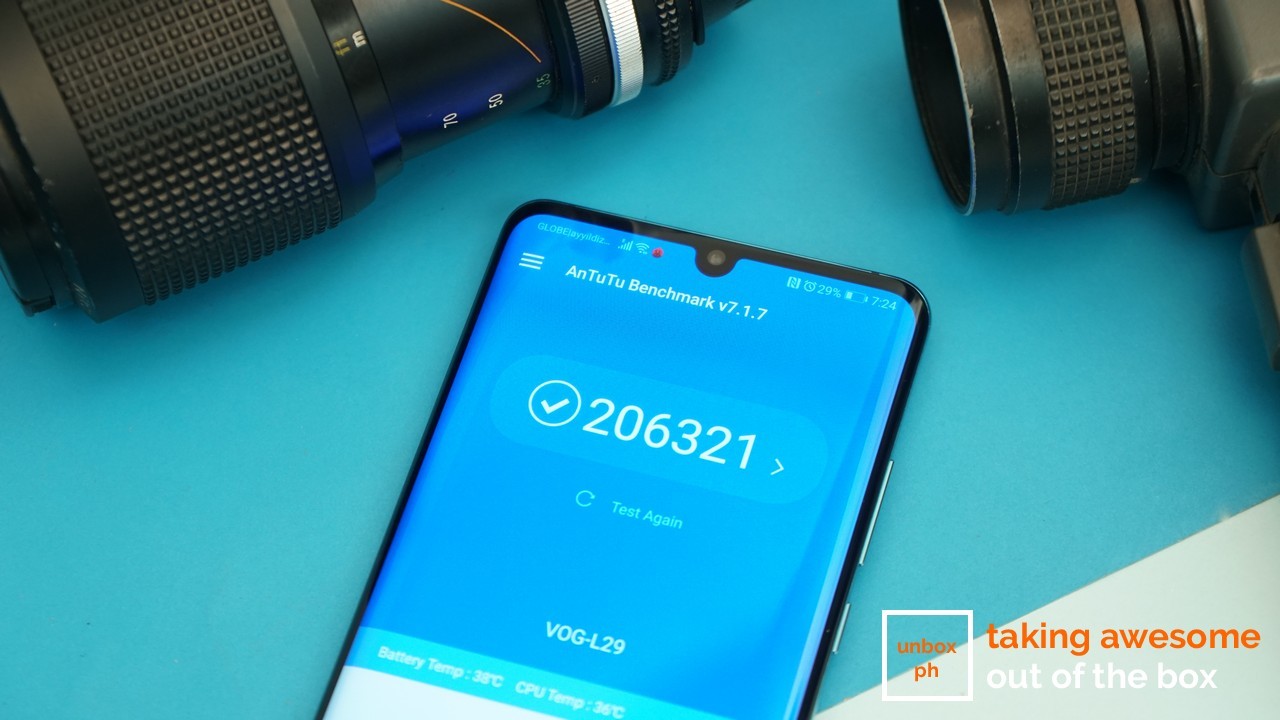
Hardware that’s still pretty good for what it is
If the P30 Pro has a weak spot, it’s the Kirin 980 chipset that powers it. To be perfectly clear, Huawei’s home-grown flagship processor is still pretty damn capable of keeping the phone fast and fluid.
That being said, Huawei is bound to take a hit marketing-wise thanks to a majority of the P30 Pro’s competitors using Qualcomm’s newest Snapdragon 855 chipset, though most users are probably not going to notice the difference in performance unless you start comparing benchmark numbers.
As it stands, the Kirin 980 chipset is perfectly OK for the P30 Pro, and to their credit, Huawei has bumped the RAM for all the variants of the P30 Pro to 8GB, though only the 8GB/256GB variant has been confirmed to come to the Philippines as of the moment.
Android 9 Pie runs the phone, along with Huawei’s EMUI 9.1. Huawei is adding a few new features to the phone, including GPU Turbo 2.0 support, digital balance (the phone tells you when you’ve been using it too much) along with other quality of life improvements.
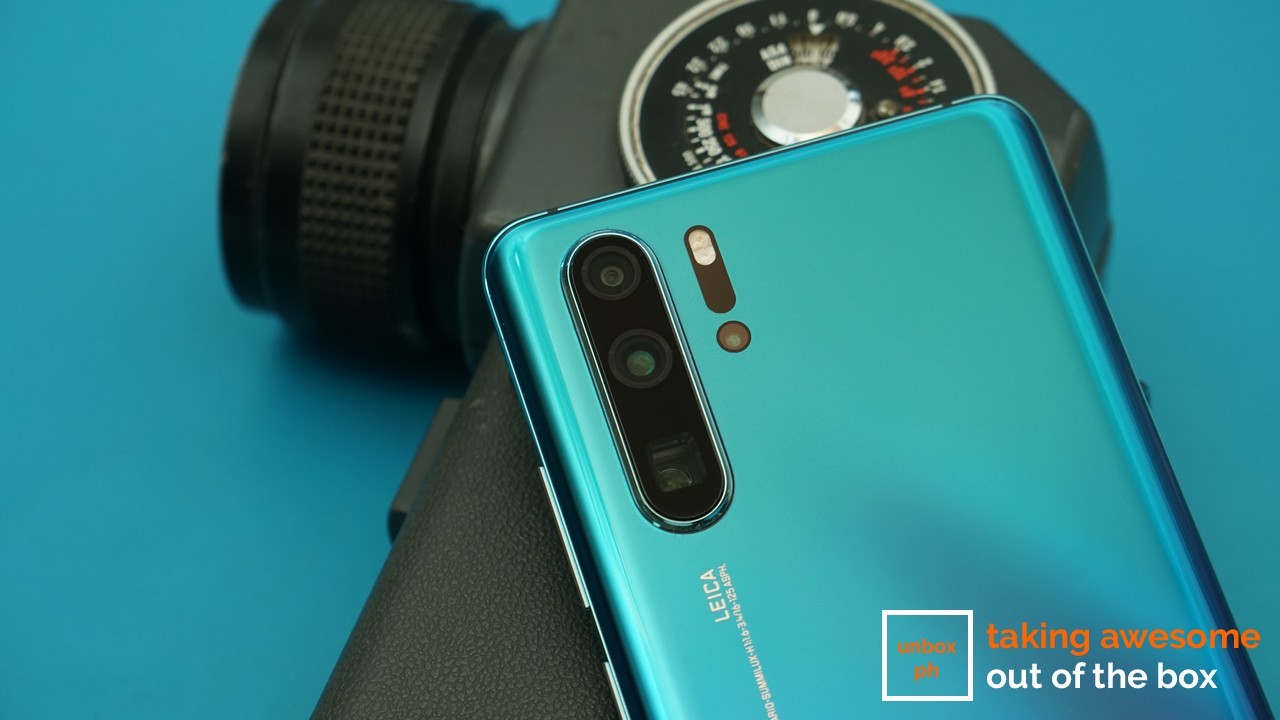
God this camera is amazing
There’s really no hiding it: the P30 Pro’s quad-cameras are pretty freaking amazing.
Huawei didn’t just add four cameras to the rear for the heck of it: each camera that dots the P30 Pro’s posterior serves a specific purpose and gives whoever holds it a full suite of photography tools that other phones just can’t match.
There’s a 40-megapixel main wide-angle camera with an f/1.6 aperture lens, a 20-megapixel f/2.2 wide-angle camera with OIS, an 8-megapixel f/3.4 telephoto lens capable of 5x lossless zoom and 10x hybrid zoom, and a time of flight sensor.
First off, the 40-megapixel main camera. Huawei claims that the main sensor on this camera, dubbed SuperSpectrum, captures far more light than traditional sensors. This is thanks to a revolutionary red-yellow-blue color sensor developed with German camera brand Leica.
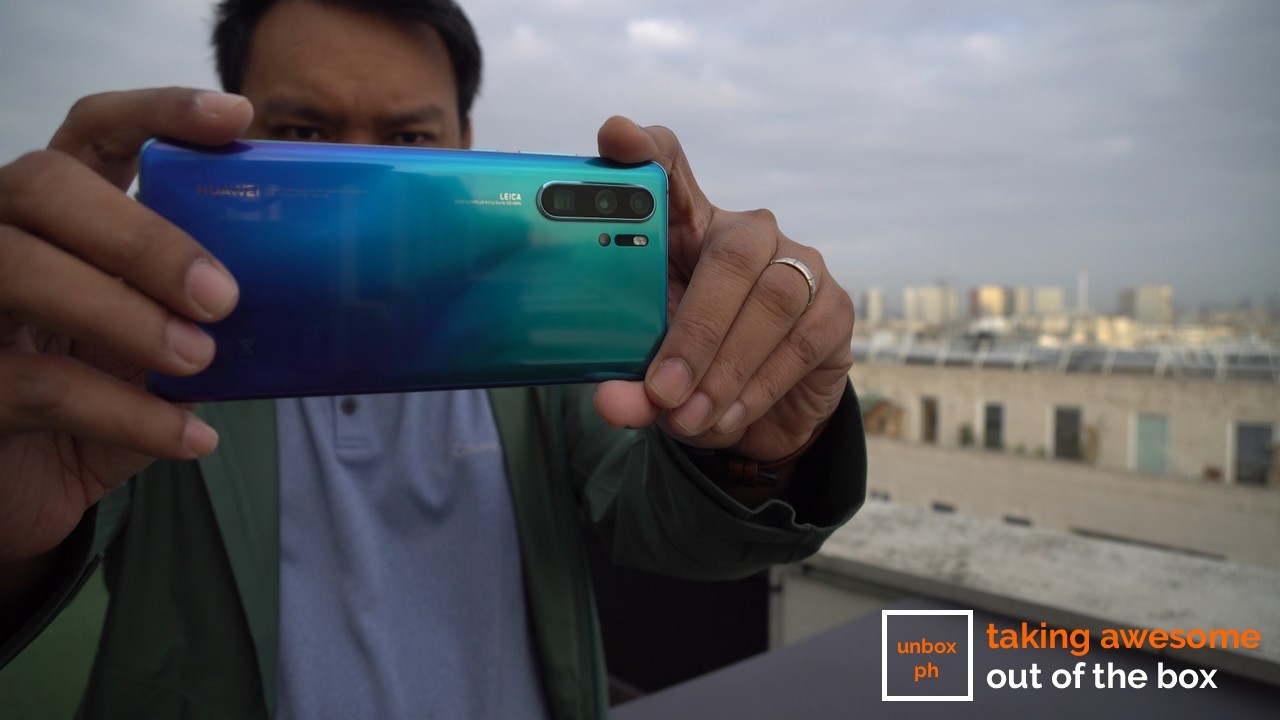
Traditional camera sensors have traditionally used a Red-Green-Blue (RGB) arrangement in their sensors to capture color data. Huawei’s new RYB arrangement is pretty clever in the sense that yellow pixels are capable of capturing both green and red color data. That means the P30 Pro’s camera sensor captures more light – around 125% more, in fact, compared to the ones on the Galaxy S10 Plus and iPhone Xs Max.
The end result? Surprisingly detailed low-light photos in situations that should have just resulted in a blank image. Just take a look below:
As for daylight shots, well, judge for yourself. Huawei has come a long way when it comes to mobile photography, and we’re extremely pleased with the P30 Pro’s capabilities when it comes to overall detail, dynamic range, color saturation, and contrast. In other words, the P30 Pro’s main camera is pretty freaking’ awesome.
Moving on to the 20-megapixel wide angle camera. It’s not surprising that Huawei ported over this 20-megapixel snapper from their Mate 20 Pro to the P30 Pro. The aperture is f/2.2, with a focal length of around 16mm – giving you a generously wide FOV to work with when you’re shooting.
We generally found ourselves using the super wide angle camera more than the zoom camera while we were going around Paris and Germany, and just like the Mate 20 Pro, the super-wide-angle lens on the P30 Pro can pull double duty as a macro lens as well.
The most intriguing and arguably the most technologically difficult part of the P30 Pro is probably the 8-megapixel, f/3.4 5x lossless zoom camera.
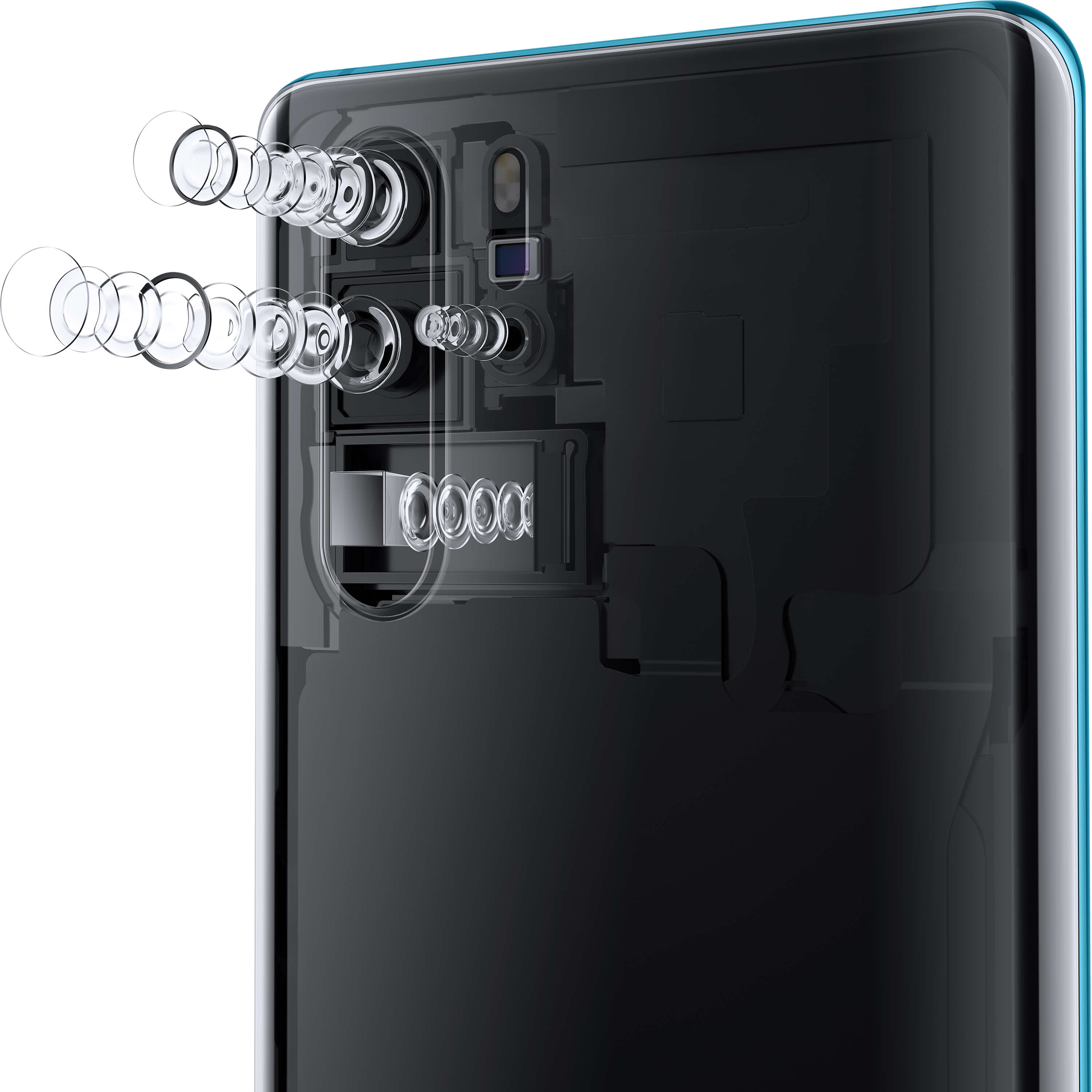
You’re probably already familiar with the general idea: because of space restrictions, the only viable way to put an optical zoom lens in a camera beyond 2x is to use a periscope arrangement, where the magnifying lens components are laid out horizontally on the body of the smartphone.
A prism reflects the light towards the camera, which rotates it 90 degrees to hit the sensor. This is the reason why there’s a peculiar square camera cutout on the rear of the P30 pro.
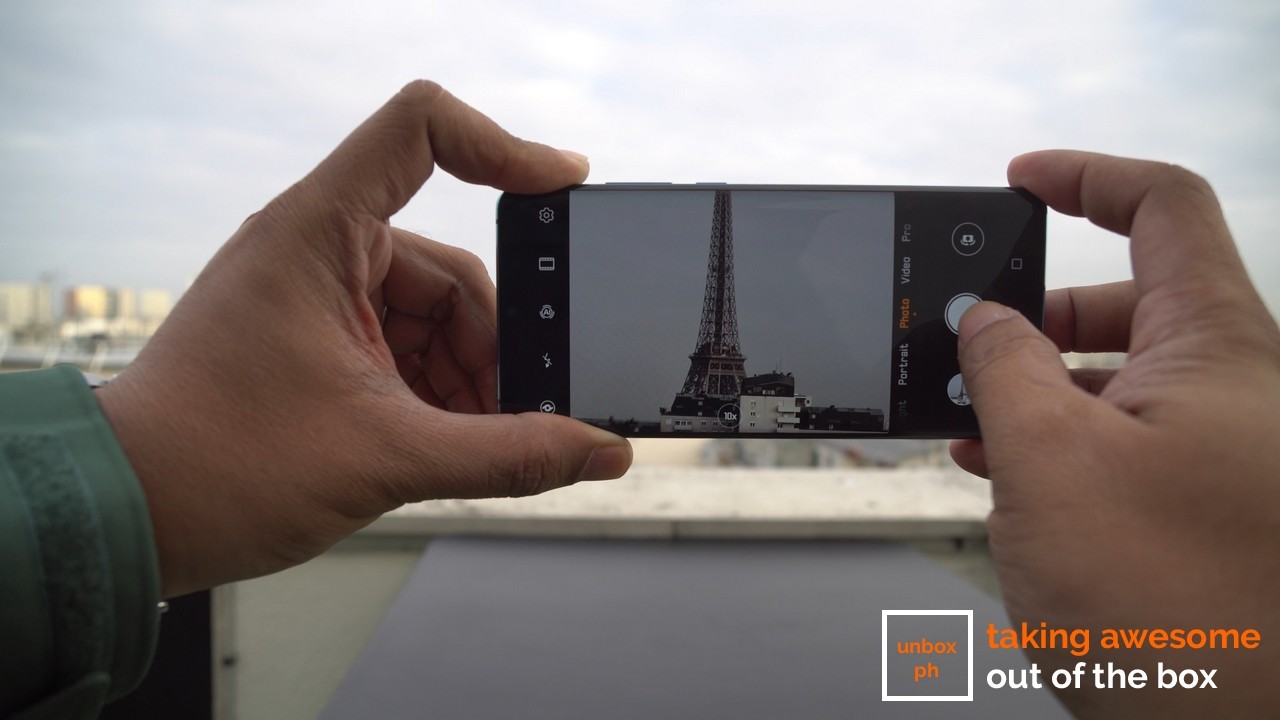
This allows the phone to take lossless 5x photos of subjects. And while technically it was Chinese company OPPO that first unveiled the tech a few years ago, Huawei is the first company to take the idea to market with the P30 Pro.
Because the zoom is optical and not digital, shots taken with the camera look pretty amazing, approaching the 40-megapixel camera’s level of detail, as long as there was enough light present.
The addition of OIS is a vital component in any good zoom lens, and thankfully Huawei’s implementation is up to the task. Because of the zoom camera’s aperture, image quality suffers a little in low light, though images are still usable.
Maximum optical zoom is 5x, though you can push the camera up to 10x thanks to Huawei’s hybrid zoom tech. You can further push that to 50x, though at that point the resulting zoom is purely digital.
The last camera in the P30 Pro’s arsenal is a time of flight camera, which is basically a fancy way of saying a really, really advanced depth sensor. Aside from providing depth information, the ToF camera also measures how far a particular subject is from the phone, which aids in accurate focusing, especially in low light. The ToF camera’s measurements also come in handy for AR applications as well.
The result of adding a dedicated ToF camera on the rear? Convincing and realistic artificial bokeh.
The P30 Pro can do video pretty well on its own, capable of shooting 4K at 30FPS. Sadly, there’s no 4K 60 FPS option as of the moment, and Huawei’s new Dual-View video recording feature, where you’re able to record video on both the main sensor and telephoto sensor at the same time won’t be available until later, introduced via an OTA update. Other shooting modes include full HD 60/30 FPS shooting, along with 120FPS, 240 FPS and 960 FPS super slow-mo recording.
You can check out a video sample taken from the phone below:
For selfies, Huawei has included a 32-megapixel, f/2.0 wide-angle fixed-focus camera. There’s a slew of selfie camera modes available, as well as the requisite beauty function that smooths out imperfections on your skin. The selfie camera also enjoys AI HDR+, which compensates for backlight allowing you to take gorgeous selfies without having to worry about where the light is coming from.

A final note on the P30 Pro’s camera: we found that Huawei took many of the criticisms of its overpowering AI tweaks to heart, and actually dialed down the contrast and saturation added by the Master AI algorithm in photos which results in a photo that “pops” more but isn’t an oversaturated mess.
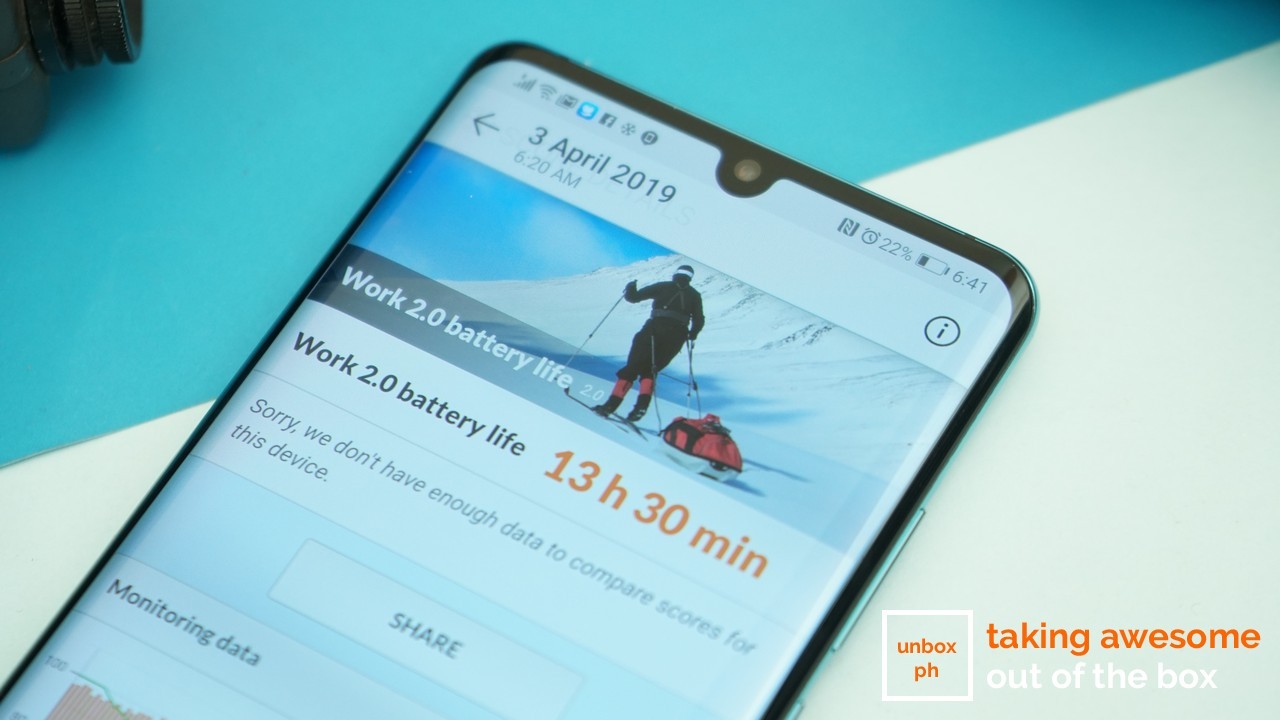
A battery that lasts all day and charges quickly
The P30 Pro has a pretty large 4200mAh battery inside of its body, which is enough to keep it powered for a day, maybe more depending on how you use it.
Even if you manage to completely deplete the battery, Huawei’s 40W SuperCharge (the same fast charging tech on the Mate 20 Pro) will get you up and running in no time. You’re looking at around 70% battery with just 30 minutes of charging, which is pretty insane.
Just like the Mate 20 Pro, the P30 Pro gets fast wireless charging, along with reverse wireless charging.
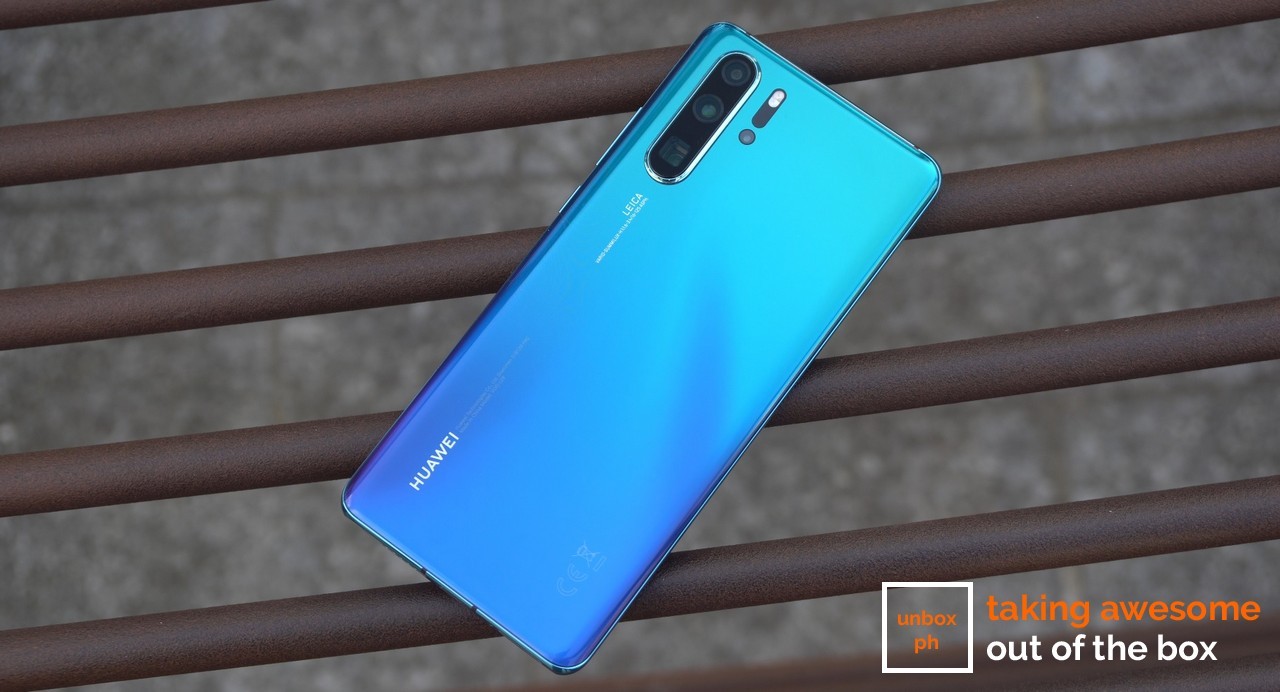
Verdict: the best cameras on a phone right now
Huawei’s P-series of phones are quickly starting to become a benchmark for the rest of the industry, and the P30 Pro is no exception. Huawei has managed to out-innovate the best in the industry, and we have no doubt that its competitors will have to work double time to catch up.
The P30 Pro’s low-light mode is almost magical, and the zoom camera stretches the limits of what a smartphone’s camera can do. The wide-angle lens gives you added flexibility, and the ToF adds depth and dimension to artistic shots and AR applications.
Of course, the P30 Pro isn’t perfect – the lack of a 3.5mm jack is annoying, so is the use of Huawei’s proprietary Nano storage. The full HD+ display is a step down from the 2K display of its main competitor, the Samsung Galaxy S10 Plus.
But despite these faults, the P30 Pro is far and away the best camera phone we’ve ever used this year. Huawei has found its groove and has left its competitors scrambling in the dust, yet again.
The Huawei P30 Pro is available to pre-order from April 5 to 12 and is priced at Php 50,990 for the 8GB/256GB variant. Pre-order customers get Huawei’s Watch GT (worth around 12,990) as a freebie when pre-ordering the phone.
Huawei P30 Pro specs
- HiSilicon Kirin 980 octa-core processor
- 8GB RAM
- 6.47-inch Full HD+ AMOLED Curved display, 18.7:9 Aspect ratio, DCI-P3 HDR support, 2340×1080 resolution
- 128GB/256GB/512GB internal storage, expandable via Nano memory card
- Quadruple Leica rear cameras: 20-megapixel 17mm f/2.2 ultra wide-angle camera; 40-megapixel 27mm f/1.6 wide-angle lens with OIS; and 8-megapixel 52mm f/3.4 periscope telephoto camera with OIS; Time of Flight Sensor; with Ultra Macro Mode, Huawei AIS, 10X Hybrid Zoom, 5X Optical Zoom, Master AI, Dual View Video, up to ISO 409600 sensitivity
- 32-megapixel front camera
- Dual SIM
- WiFi, Bluetooth, Dual band GPS, NFC
- In-display fingerprint scanner, face unlock, IP68 rating
- 4200mAh battery with 40W fast charging and 15W wireless charging
- Android 9 Pie (EMUI 9.1)


